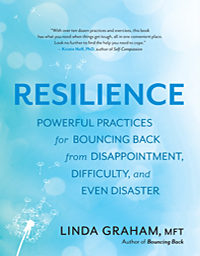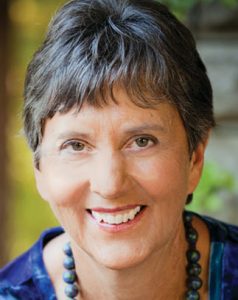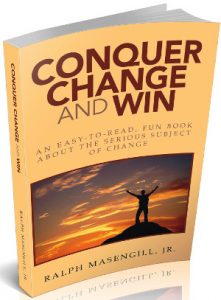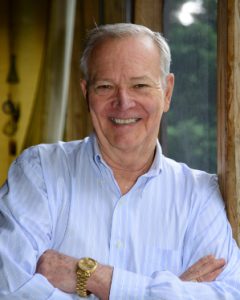13 Romance Ideas to Warm Up the Fall Season
- Lissa Coffey
- Advice, Blog, Entertainment, Family, Lifestyle, Lissa's Blog, Relationships
1. Join In On Football Season
For many men, “Fall” is just another name for “Football season.” Since you can’t beat ’em, you might as well join ’em! Get tickets to a local game, pack a tailgate picnic and head out to the stadium. Be sure to bring a warm blanket for the two of you to snuggle under, and maybe a thermos-full of hot chocolate laced with coffee liqueur for half-time.
2. Take Advantage Of Pumpkin Season
Jack-o-lanterns aren’t just for kids — this Halloween, pick up a couple of extra pumpkins and spend the evening carving them up together! Maybe you want to work together to create an amazing masterpiece, or maybe you want to work solo to design special “his and hers” messages for one another. Some ideas: a big set of lips and some false eyelashes on a girl pumpkin for him — an “I love you” message that lights up when the candle is inside for her!
3. Play High Stakes Board Games
Take a traditional board game and make up your own rules. Yahtzee can become “Strip Yahtzee,” by simply adding that for every three of a kind you roll, your partner loses a piece of clothing. For every four of a kind you roll, you get a “wish”: a kiss, a foot massage, etc. And for every Yahtzee, set the timer for 5 minutes (and only 5 minutes!) of “high scorer dominance.” You can do something similar with Scrabble – earning extra points for sexy words, or Monopoly – paying for properties with “favors” rather than cash.
4. Share Firelight
There’s nothing more inviting than the glow of a fireplace on a crisp Fall evening. Spread a blanket out in front of the fire, toss around a few fluffy pillows, and serve up some warm apple cider with cinnamon sticks. Relax and enjoy each other’s company. Soon you’ll be toasting more than your tootsies!
5. Dance In The Dark
Set up an impromptu dance floor in your bedroom. Light some candles, turn on the Harry Connick Jr. CD and hold each other close. Dance the old-fashioned way, cheek-to-cheek, and whisper sweet nothings in his ear. Let the music move you, and melt into each others arms.
6. Want To Make It interesting?
When the weather’s crummy and he wants to spend the day watching sports on TV, make it interesting for both of you! Place bets on how many car commercials are shown in the next station break, which team’s cheerleaders get on camera next, how long it takes five minutes to really play. Bet kisses, massages, sweet treats, etc.
7. Puzzle Him
This takes a little forethought – get a jigsaw puzzle and put it together on a piece of cardboard. Put another piece of cardboard on top of it and flip it over. Now write a message to your significant other, or make it an invitation! Be creative, even naughty! Then flip it back over and pull the pieces apart. Keep one piece hidden in your bra. That night, ask him to help you with the puzzle. If you have a glass top table, do the puzzle directly on the table. Once the puzzle is all assembled, have him look for the missing piece under the table. When he can’t find it, crawl under the table to help, and show him your message. It won’t take long for him to find that missing puzzle piece now!
8. Create Your Own Starry Nights
Get a pack of glow-in-the-dark stars to stick on the ceiling over your bed. Have them spell out a love note to your honey. When the lights go out, you can lie under the stars and cuddle.
9. Wash Your Cares Away
How about a soothing bath for two? Make bath sachets by wrapping cinnamon sticks, cloves, and orange peel in pieces of fabric and tying with a ribbon. Drop into a hot bath, add a few capfuls of almond oil. Indulge!
10. Tea For Two
Take a little time-out with an afternoon tea party. De-stress over chamomile and banana bread, and take turns with the shoulder rubs.
11. Recipe For Romance
Cool Autumn breezes call for simmering stews. Spend time in the kitchen together chopping up herbs and veggies and create your own cold-weather feast! Serve with corn bread and your favorite wine.
12. Bicycle-Built-For-Two
Enjoy the last few sunny weekends by renting a bicycle built for two and cruising the neighborhood!
13. Story Time Together
Grimm’s Fairy Tales take on a whole new meaning when read aloud by the one you love. Curl up on the couch and revisit some of your favorites, and love happily ever after.










 An excerpt from Resilience by Linda Graham
An excerpt from Resilience by Linda Graham Linda Graham, MFT, is the author of Resilience and also Bouncing Back, the winner of a 2013 Books for a Better Life Award. She is an experienced psychotherapist who integrates modern neuroscience, mindfulness practices, and relational psychology in her international trainings on resilience and well-being. Visit her online at www.lindagraham-mft.net.
Linda Graham, MFT, is the author of Resilience and also Bouncing Back, the winner of a 2013 Books for a Better Life Award. She is an experienced psychotherapist who integrates modern neuroscience, mindfulness practices, and relational psychology in her international trainings on resilience and well-being. Visit her online at www.lindagraham-mft.net. Guest Post By Ralph Masengill
Guest Post By Ralph Masengill Change is something you must do on a regular basis if you want to be successful in life or business. Resistance to change has always been a part of the human psyche. We must work hard not to resist positive change even though it is not our nature. The solution is simple but not easy. Learn all you can about change and how it makes us all feel and be willing to take a calculated risk. Knowing what to expect when you need to change will help you be all that you want be in this world. Work hard to see positive change as a friend and do not resist this widely misunderstood process. Positive change is just that, a positive. Embrace it and you have a great opportunity to succeed in your personal and business life above your present goals and dreams. Understanding change is well worth the effort required.
Change is something you must do on a regular basis if you want to be successful in life or business. Resistance to change has always been a part of the human psyche. We must work hard not to resist positive change even though it is not our nature. The solution is simple but not easy. Learn all you can about change and how it makes us all feel and be willing to take a calculated risk. Knowing what to expect when you need to change will help you be all that you want be in this world. Work hard to see positive change as a friend and do not resist this widely misunderstood process. Positive change is just that, a positive. Embrace it and you have a great opportunity to succeed in your personal and business life above your present goals and dreams. Understanding change is well worth the effort required.